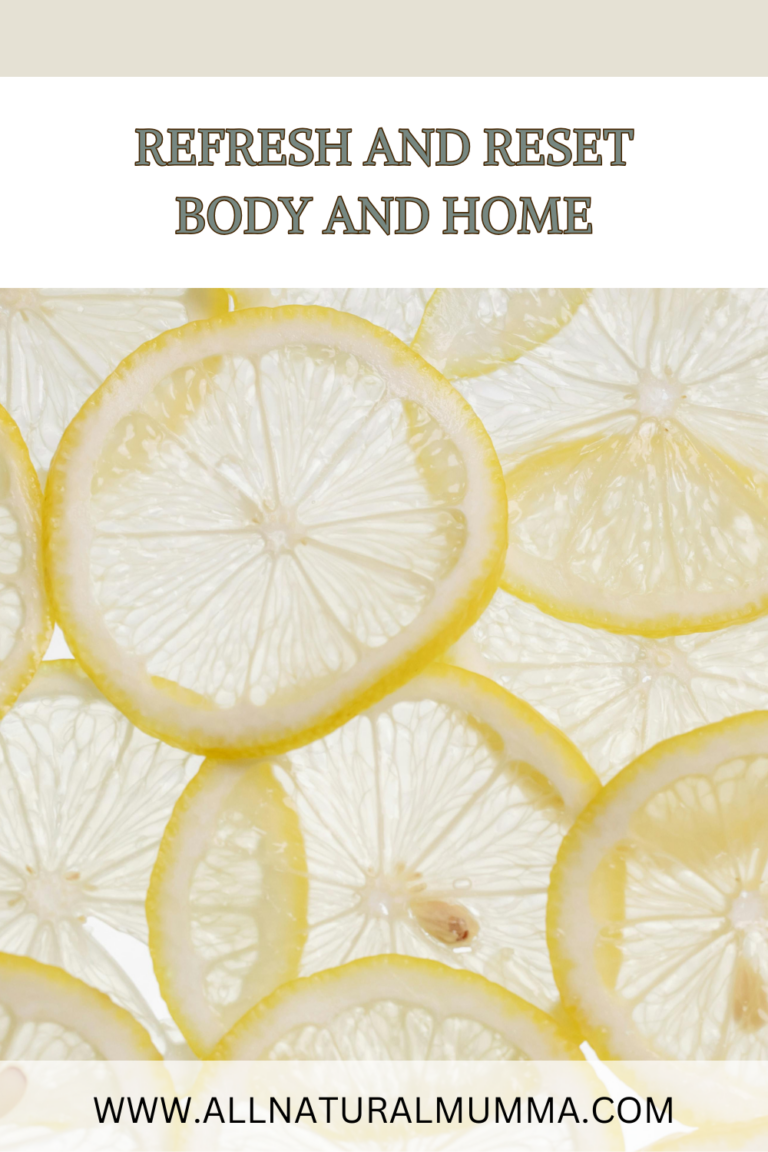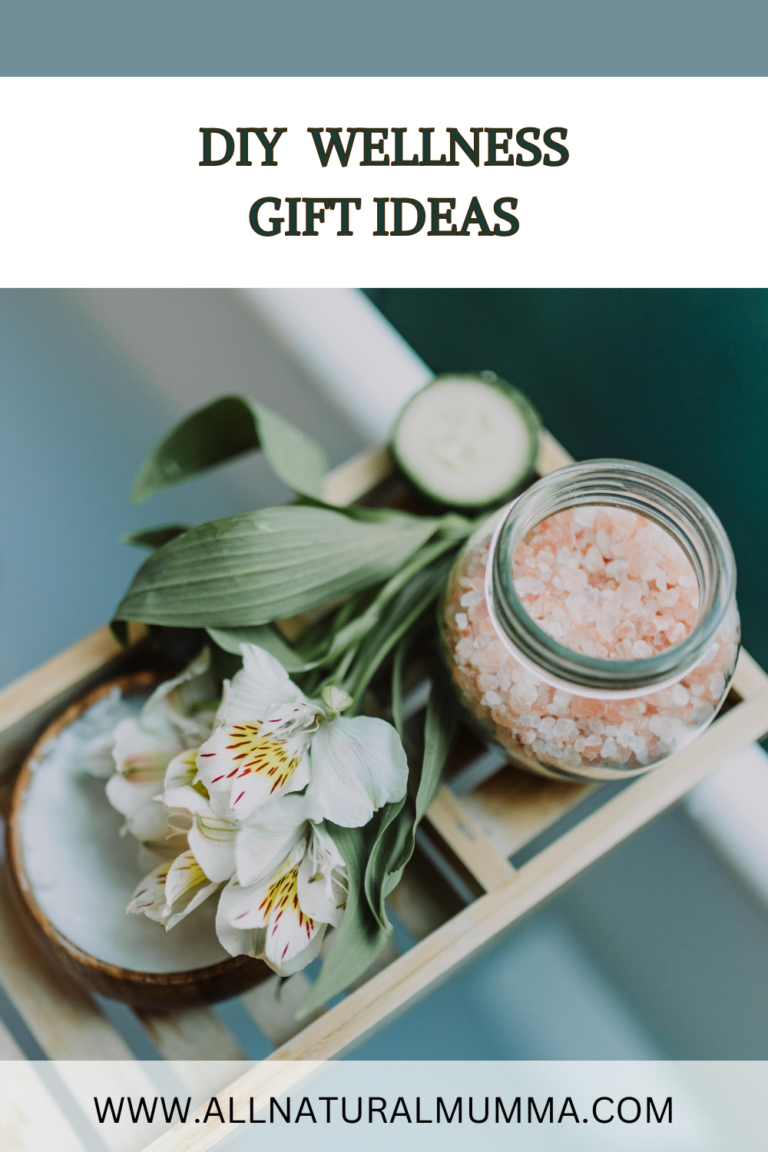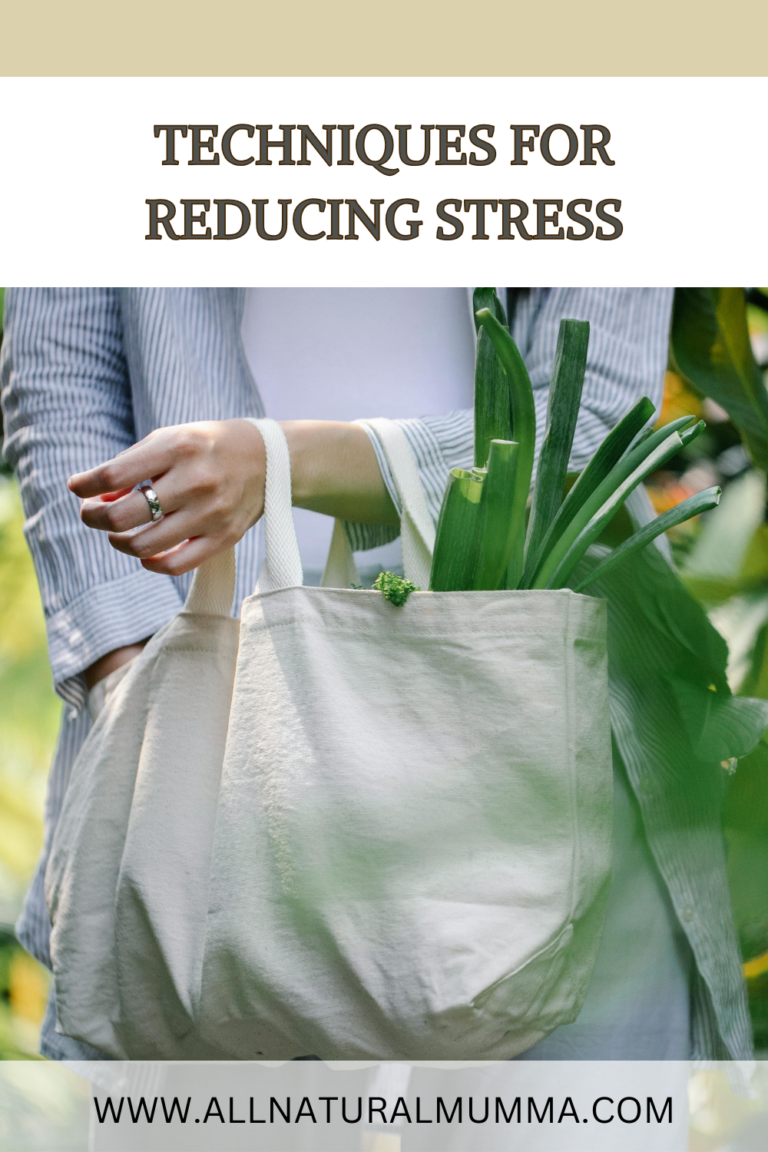Summer in Australia—where the beaches sparkle, the BBQs sizzle, and the sun means business. While we’re soaking up all the vitamin D, let’s talk about protecting your beautiful skin from the Aussie summer sun, naturally.
NATURAL SUNSCREEN: YOUR FIRST LINE OF DEFENSE
Not all sunscreens are created equal. Look for mineral-based sunscreens with active ingredients like zinc oxide. They sit on the skin’s surface to block harmful rays. Bonus points if it’s reef-safe and free from nasties like oxybenzone. Young Living’s SPF 50 Mineral Sunscreen is all my family uses when we have a big day in the sun. You can try it here with my discount code 1706951.
COVER UP IN STYLE
Sunscreen is essential, but why stop there? Slip on a wide-brimmed hat and drape yourself in lightweight, long-sleeve fabrics. Think of it as summer’s chic armor against UV rays.
SHADE IS YOUR BEST MATE
We love the sun but we also love a little siesta in the peak hours of the day. Seek shade between 10 AM to 4 PM, whether that’s under a beach umbrella or a sprawling gum tree. A little shade goes a long way in keeping your skin happy. Be extra extra careful with your little ones as they can burn quickly and easily!
AFTER-SUN CARE: SOOTHE AND REPLENISH
Sometimes, despite our best efforts, the sun wins a round. For those days, a soothing after-sun remedy is your best friend:
– Aloe vera gel: Keep it in the fridge for an extra cooling effect.
– Coconut oil and lavender: Mix a few drops of lavender essential oil with coconut oil for hydration and repair.
– Green tea compress: Brew and chill green tea bags, then place them on sun-kissed skin to reduce redness and calm inflammation.
– Make a spritz of aloe vera, purified water, lavender essential oil and colloidal silver.
Protecting your skin naturally doesn’t mean missing out on summer fun. With the right strategies and a little TLC, you can enjoy every sun-drenched moment without regret. So grab your sunscreen, find some shade, and let’s make the most of summer!
Got a favourite natural sun remedy? I’d love to hear about it—send me a message and share your sunny secrets!











